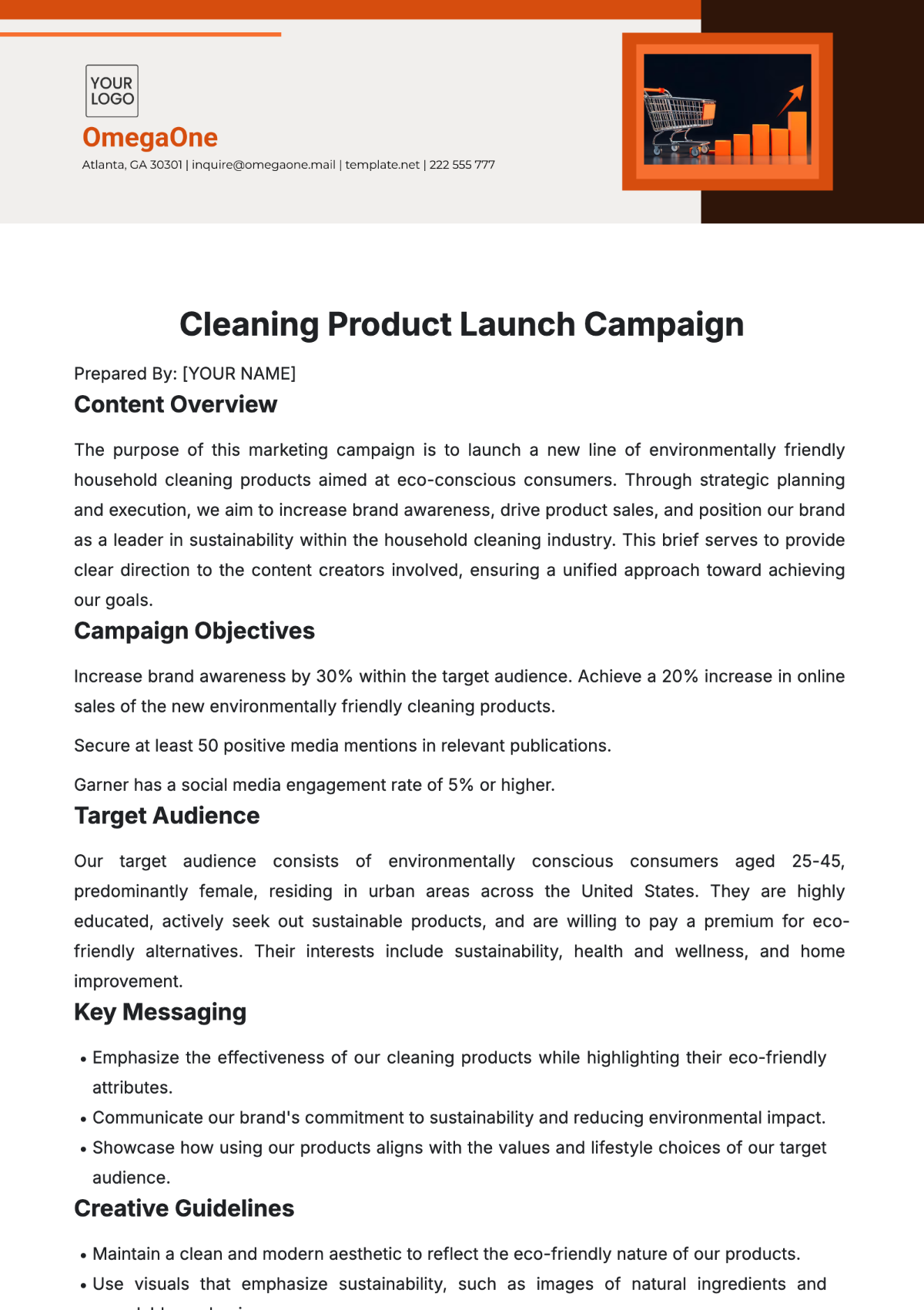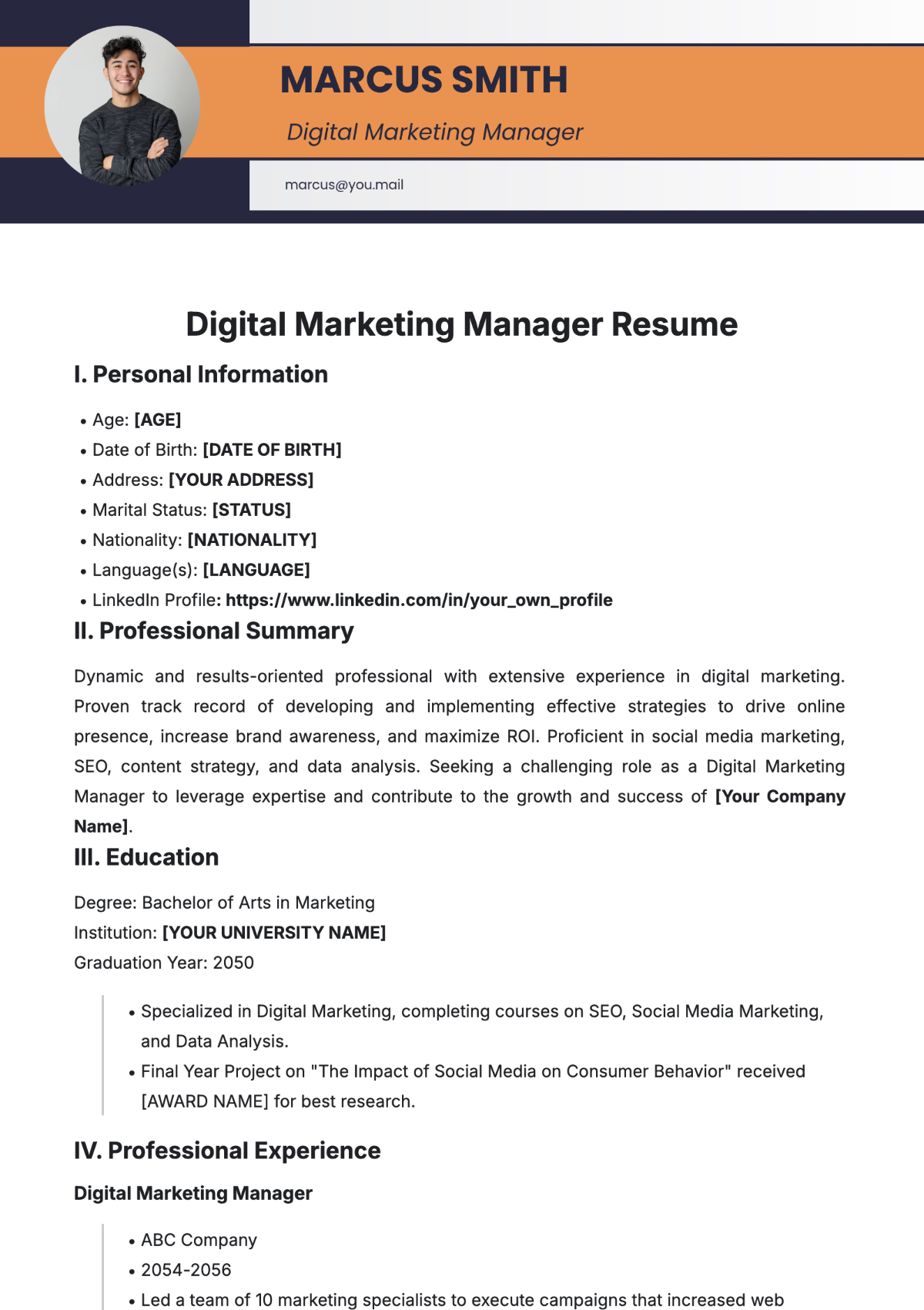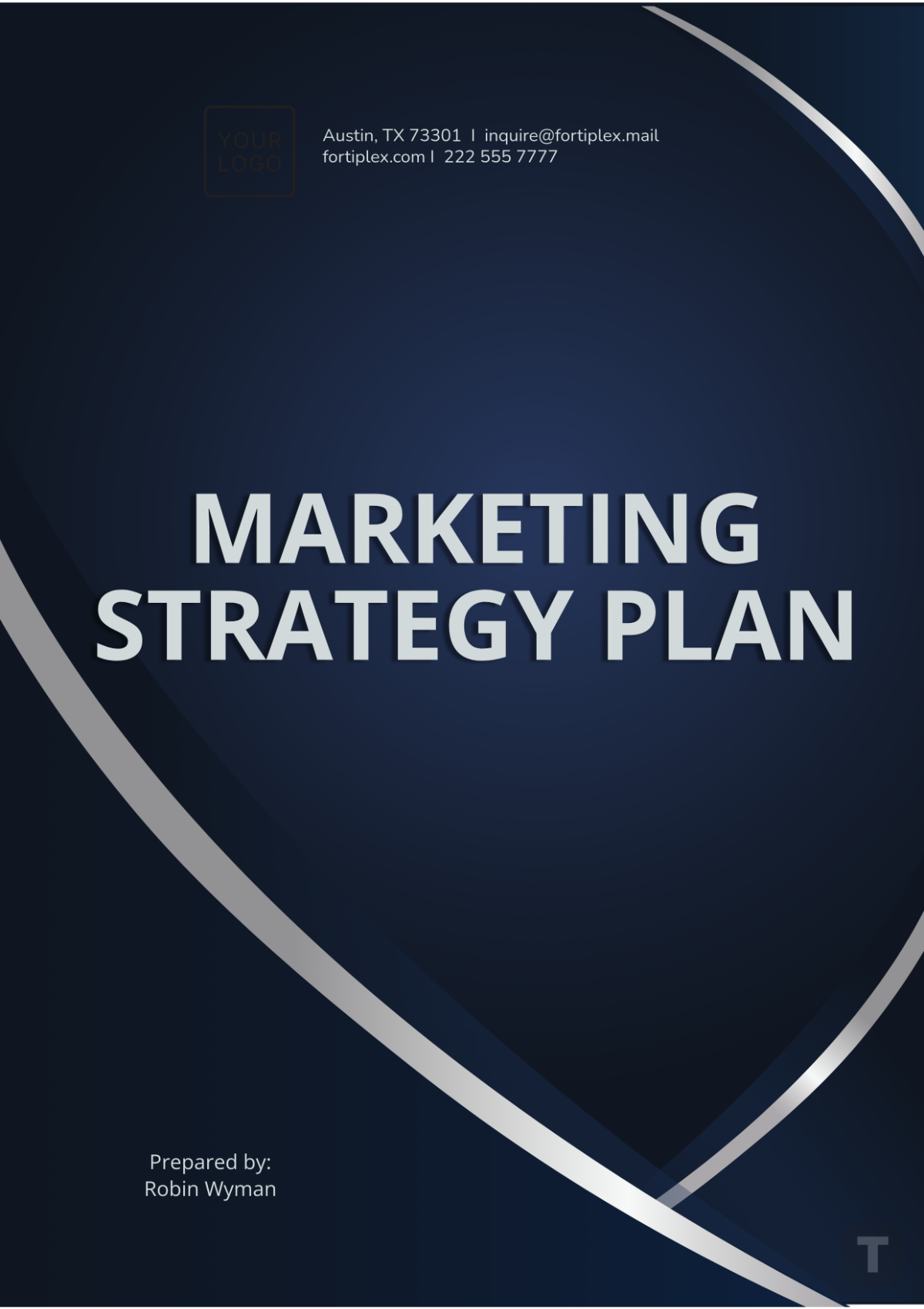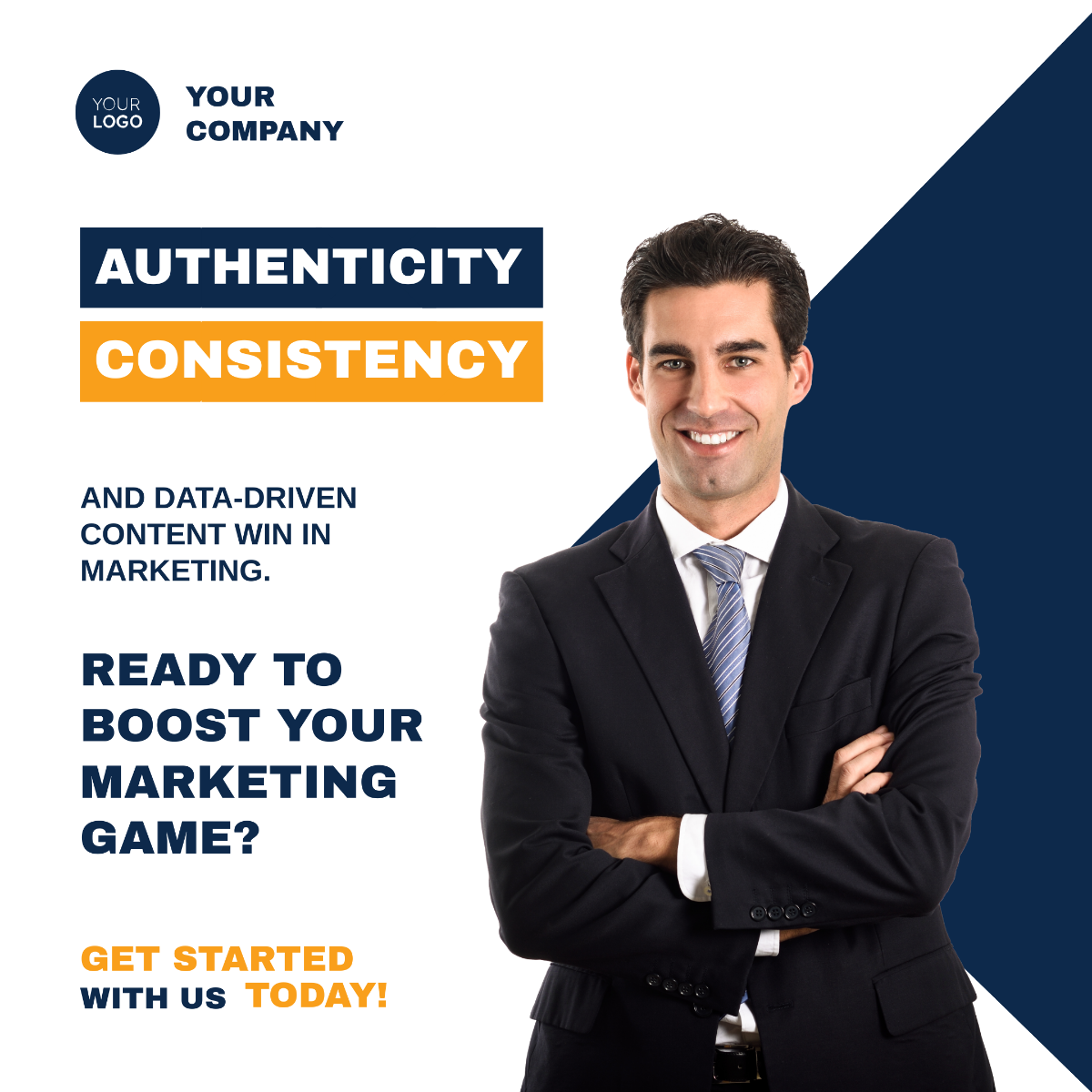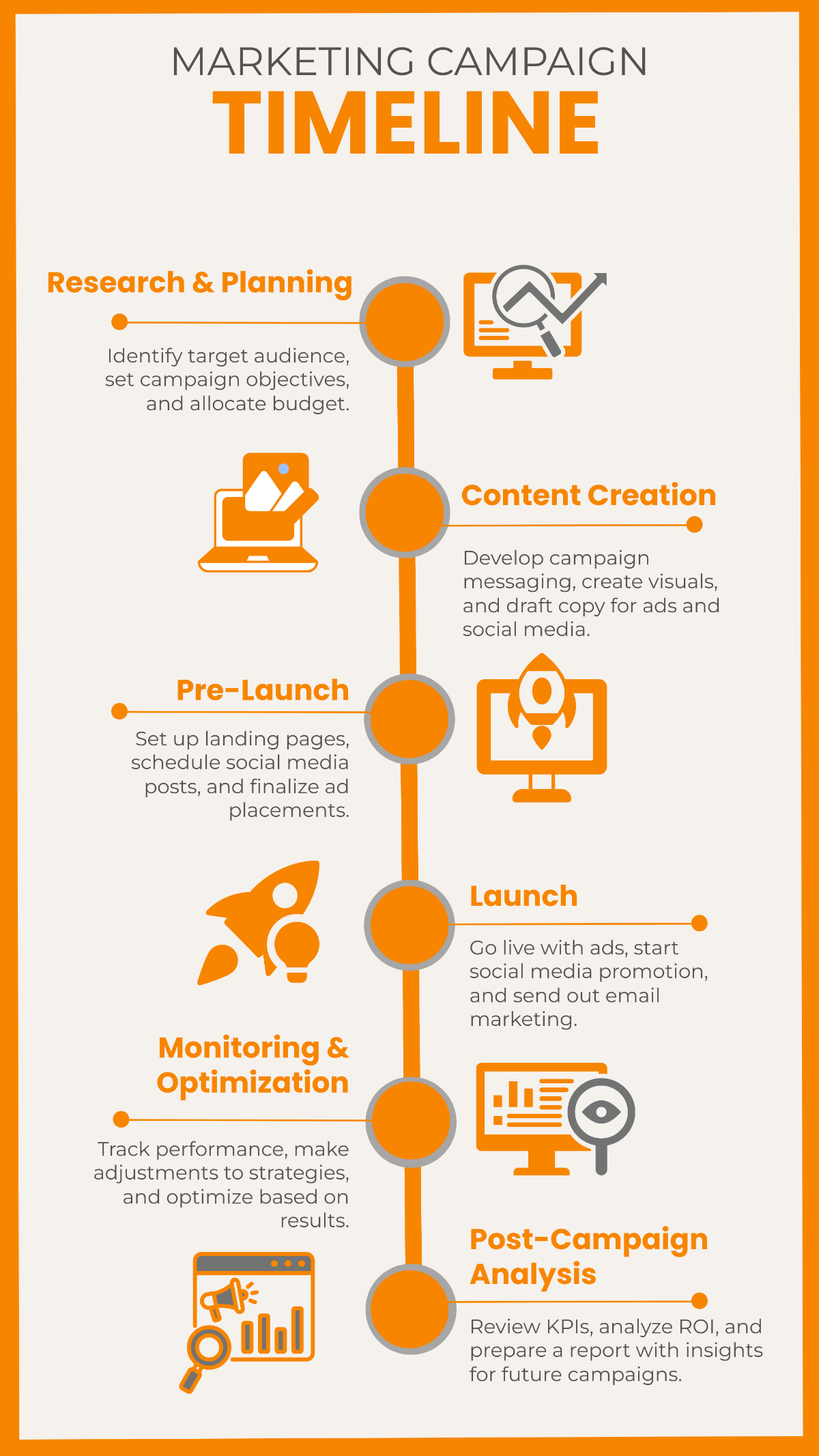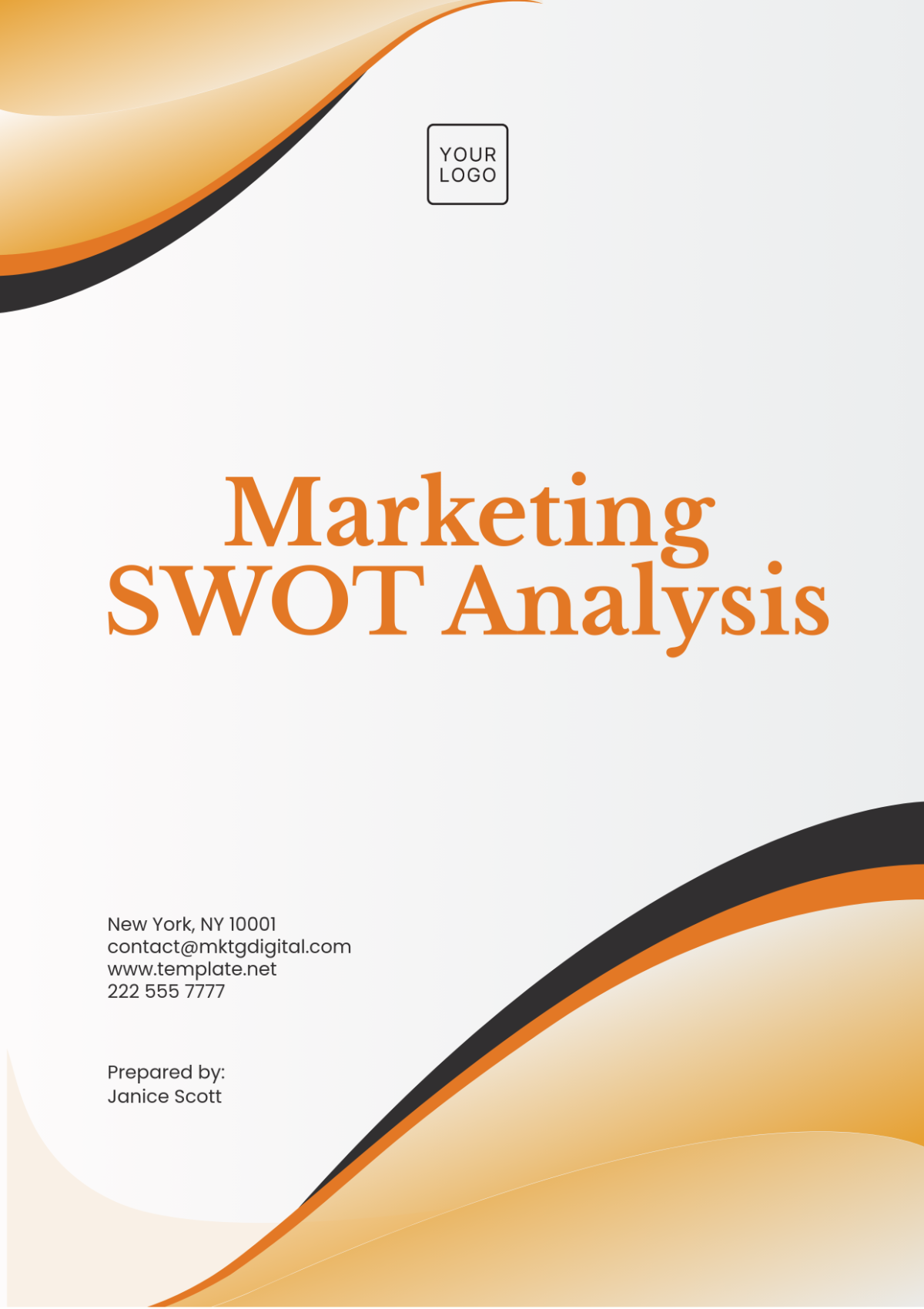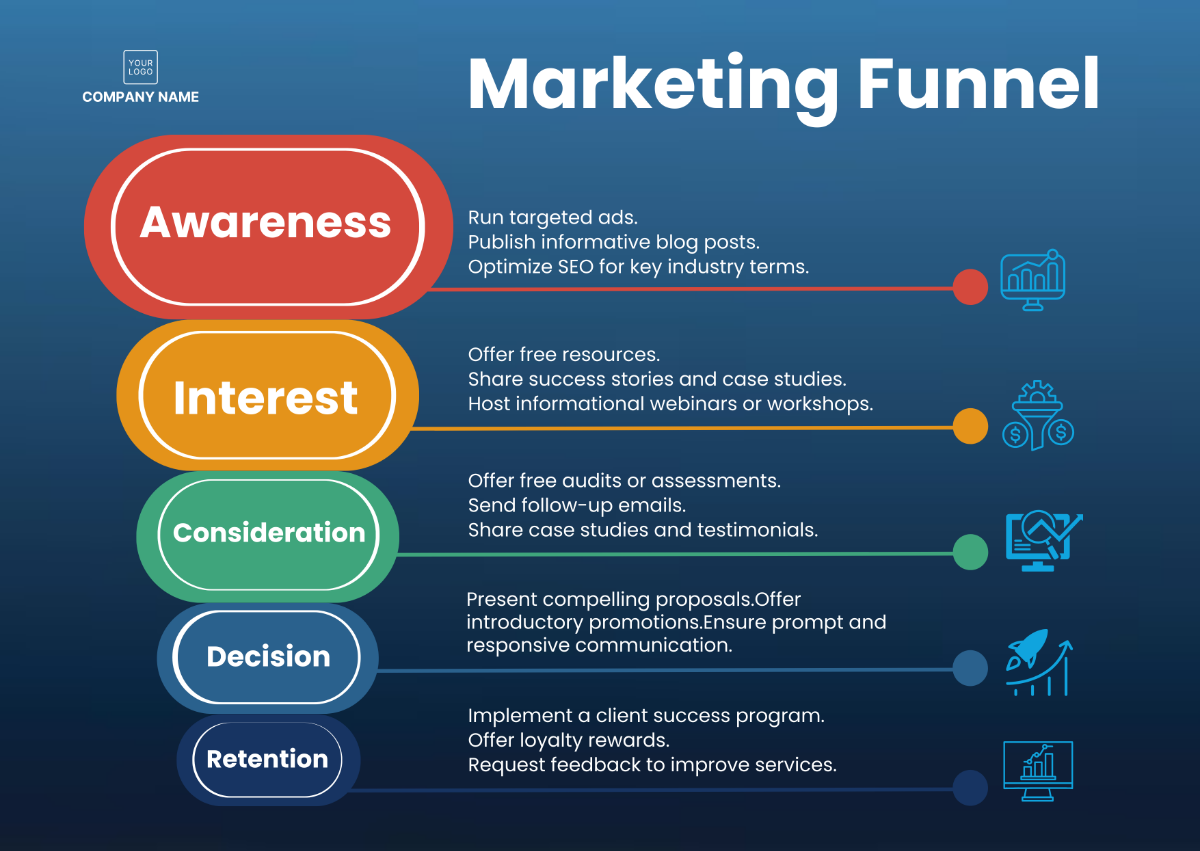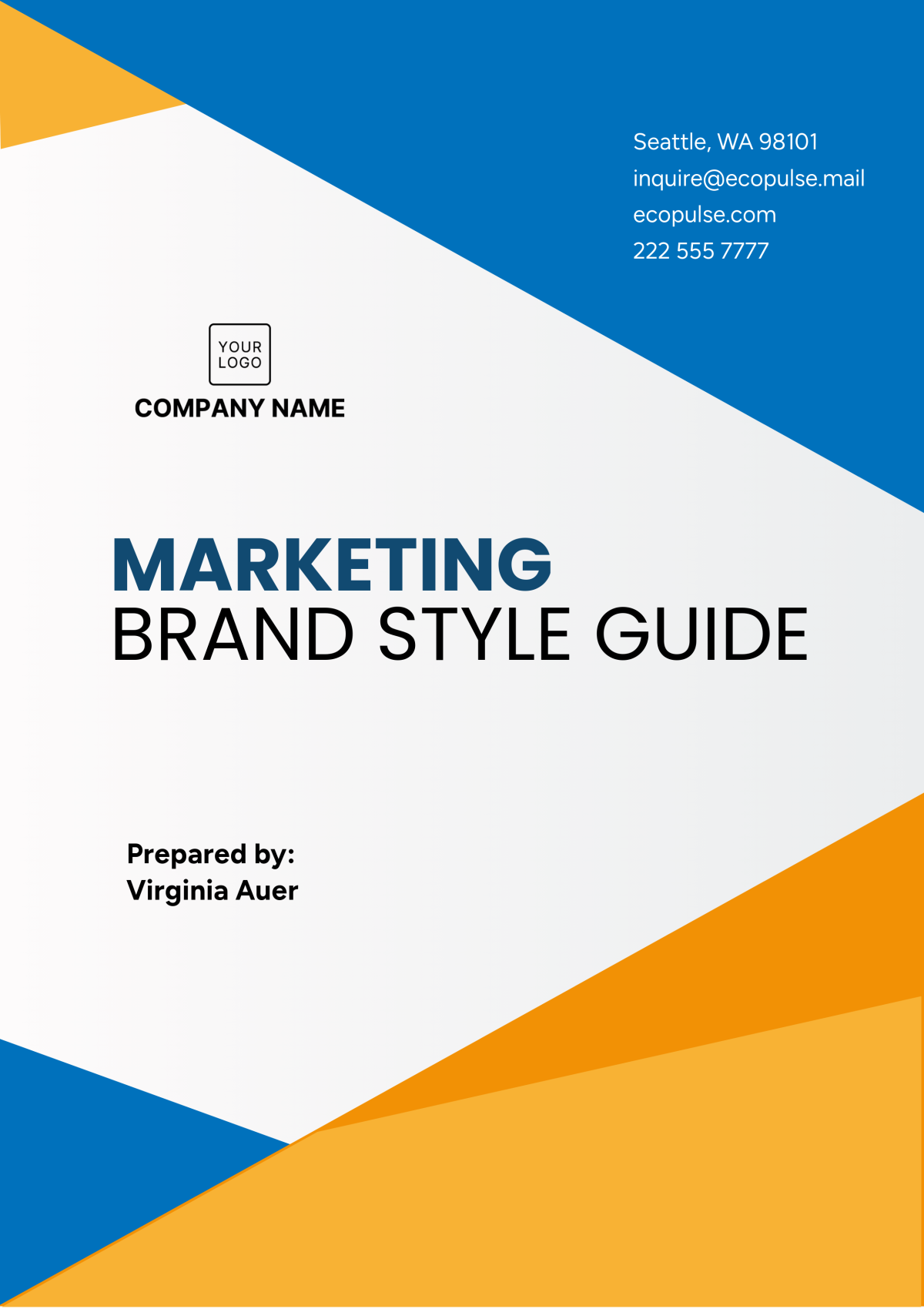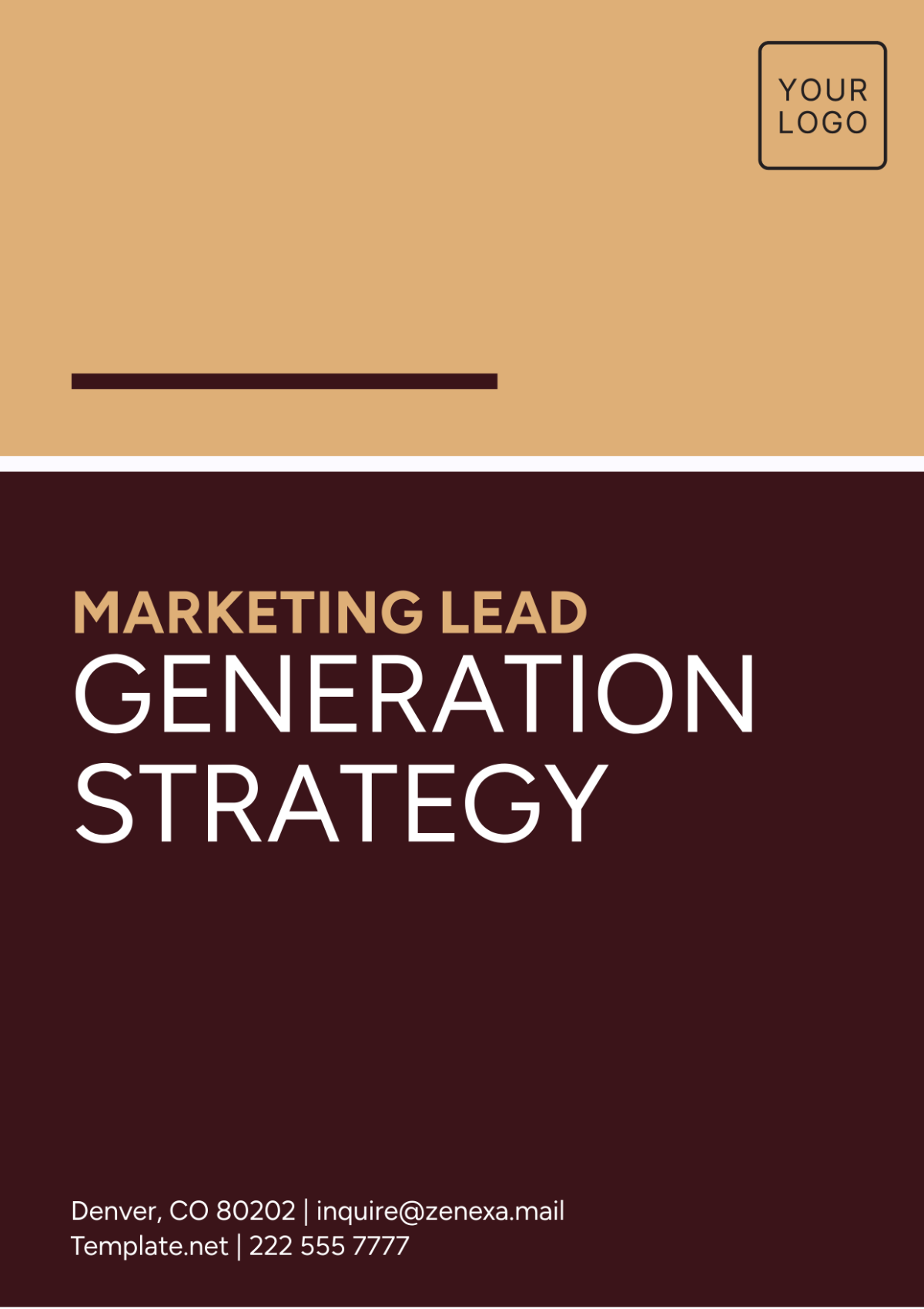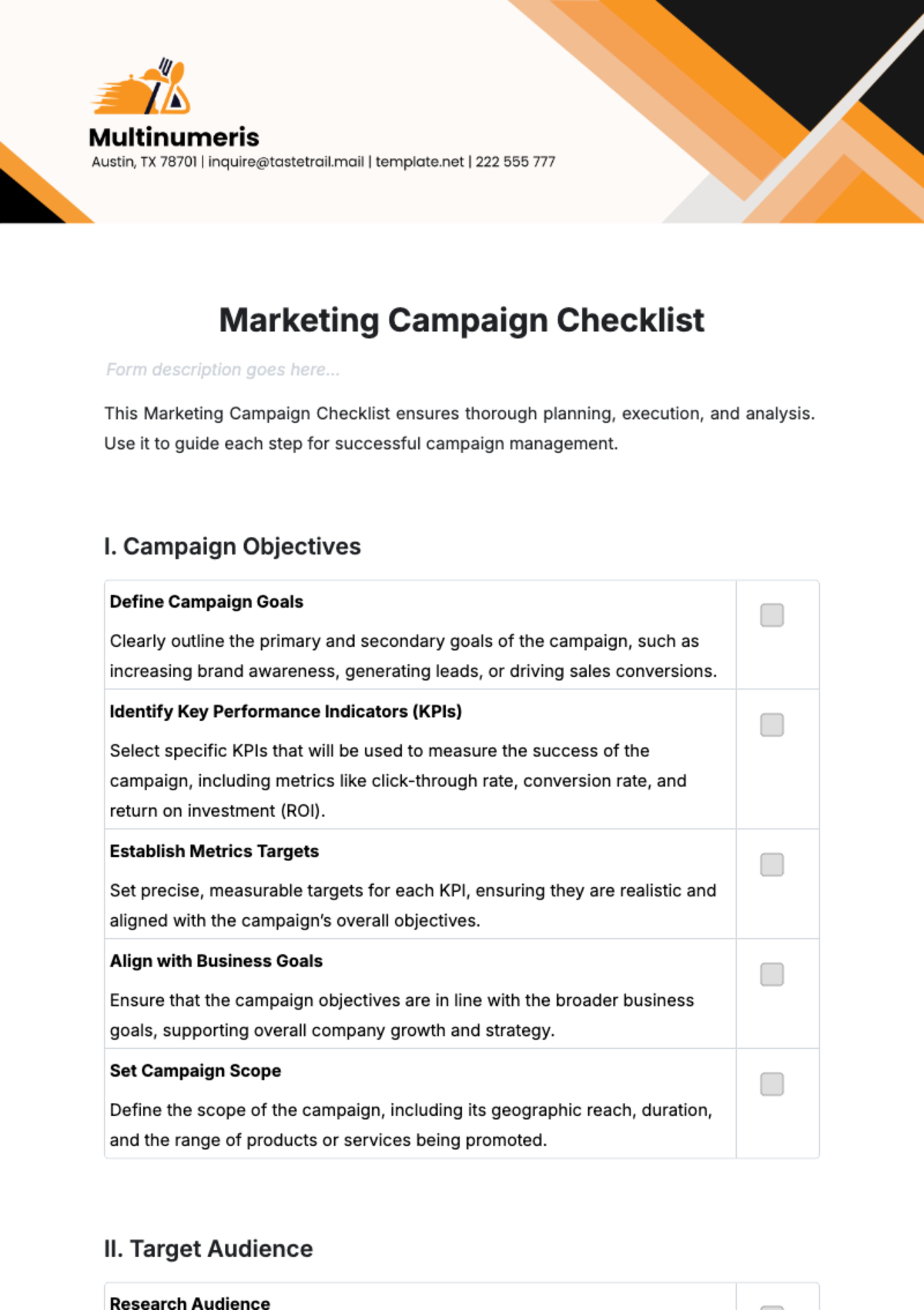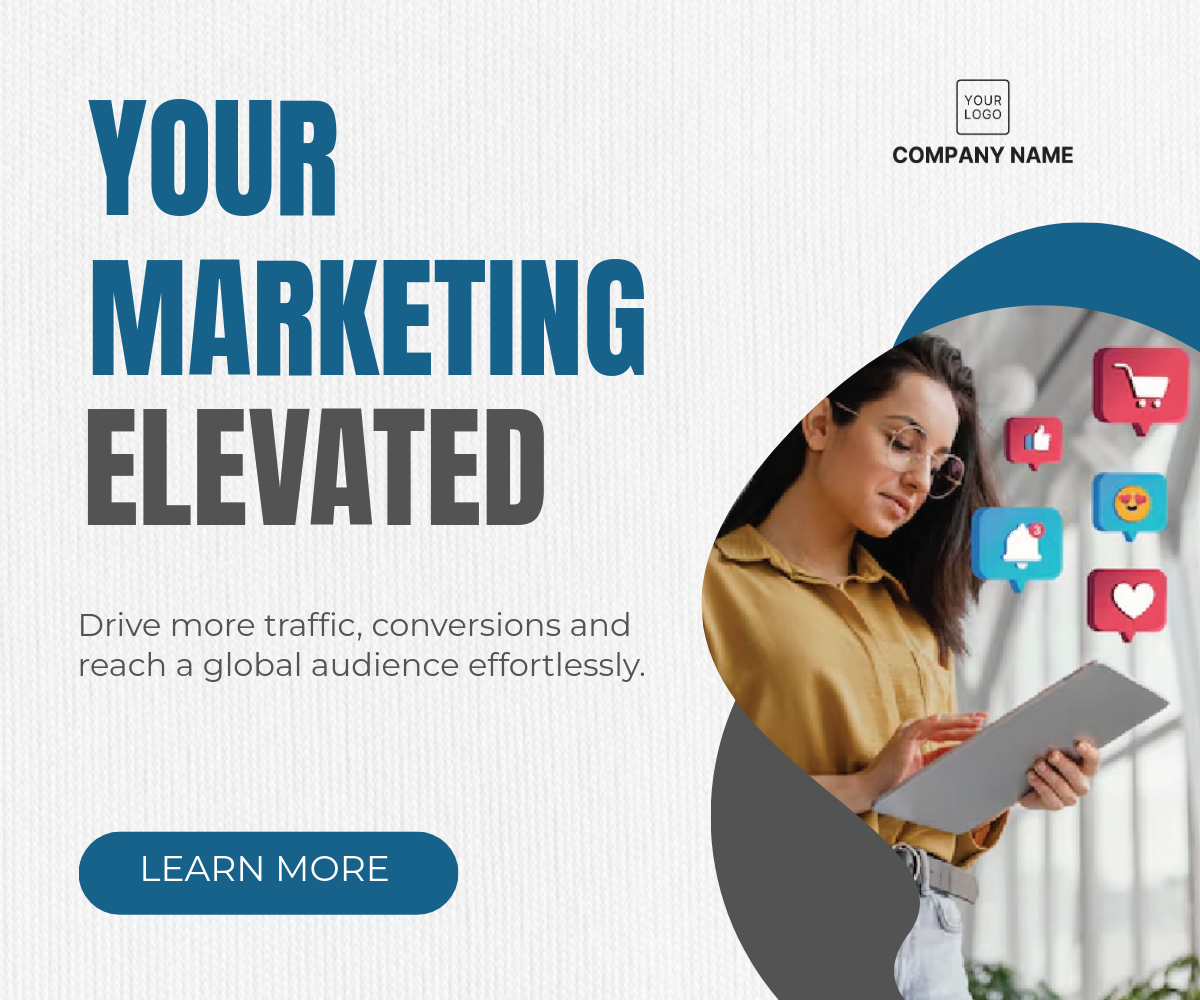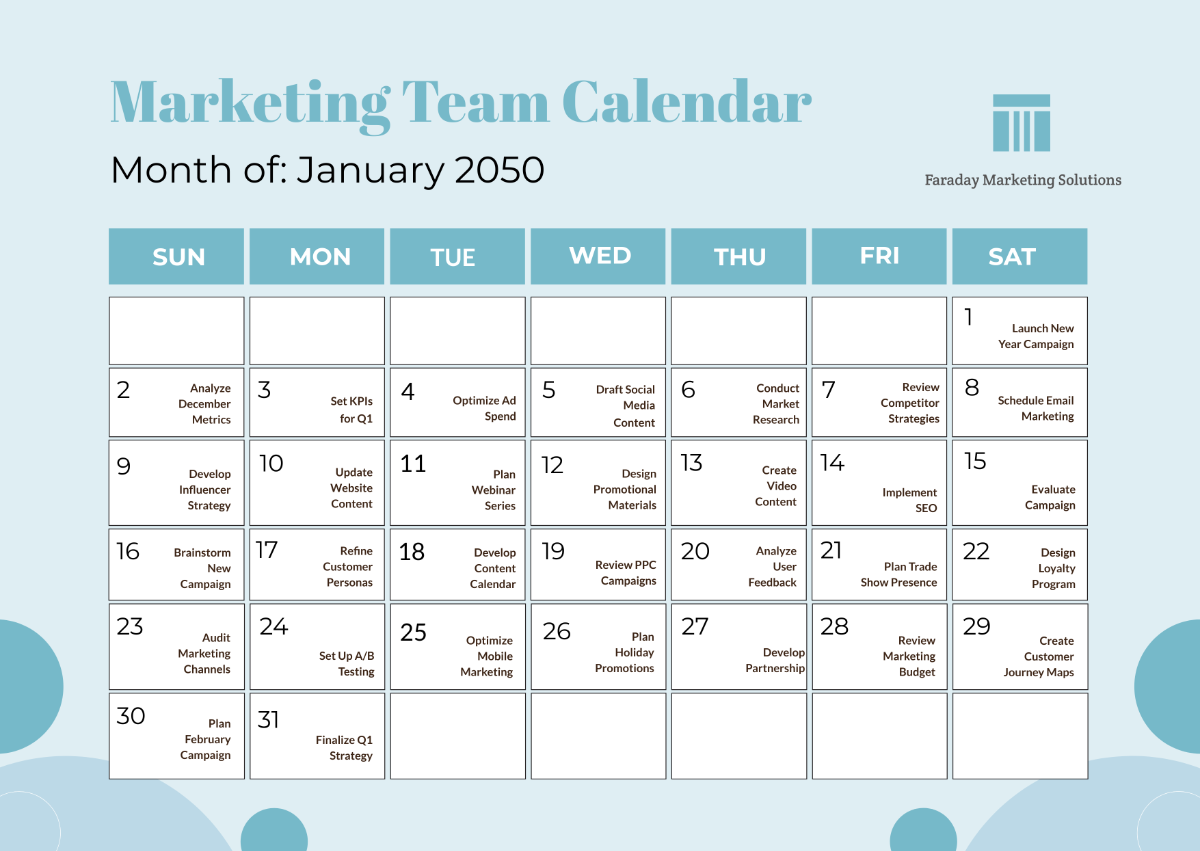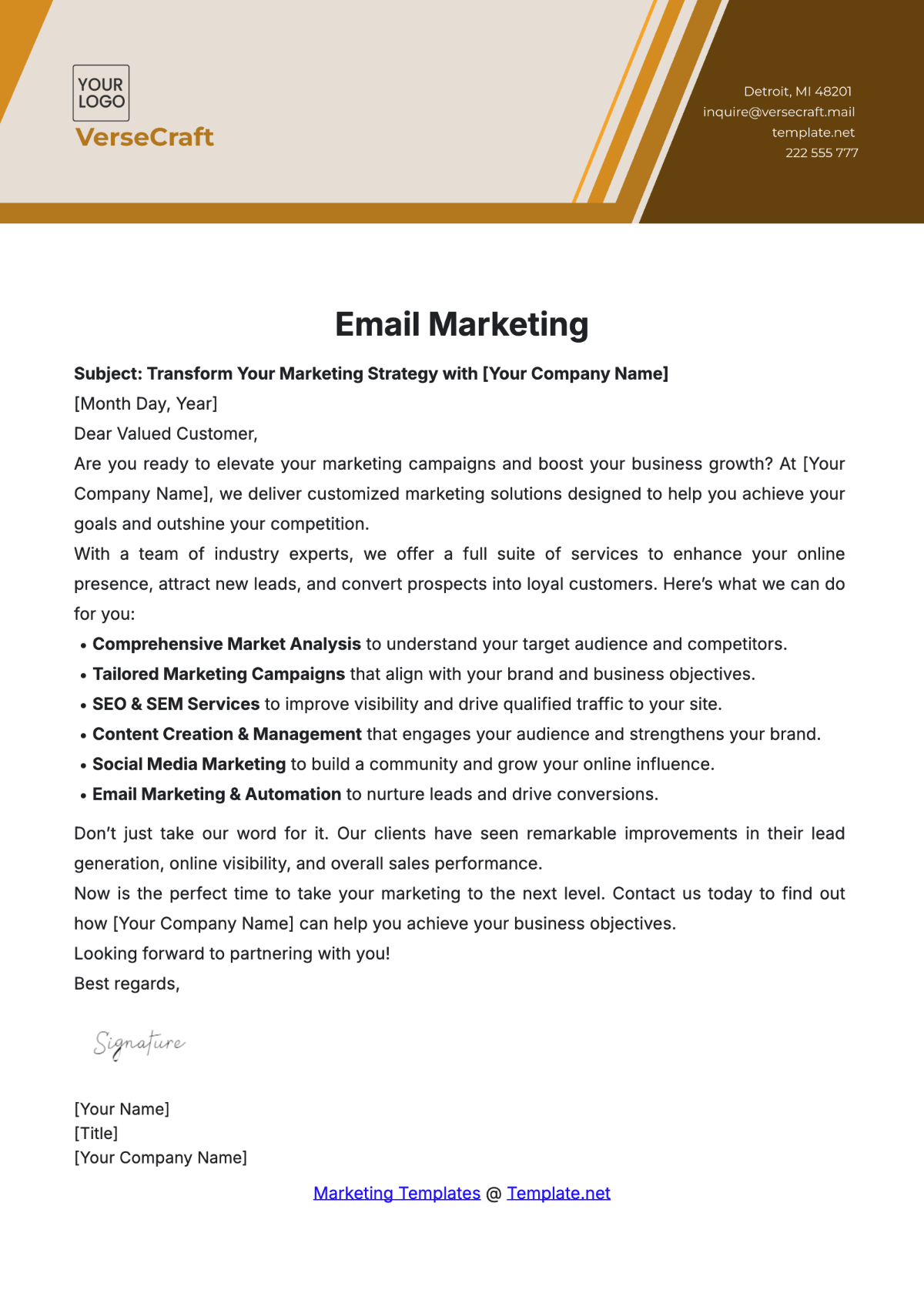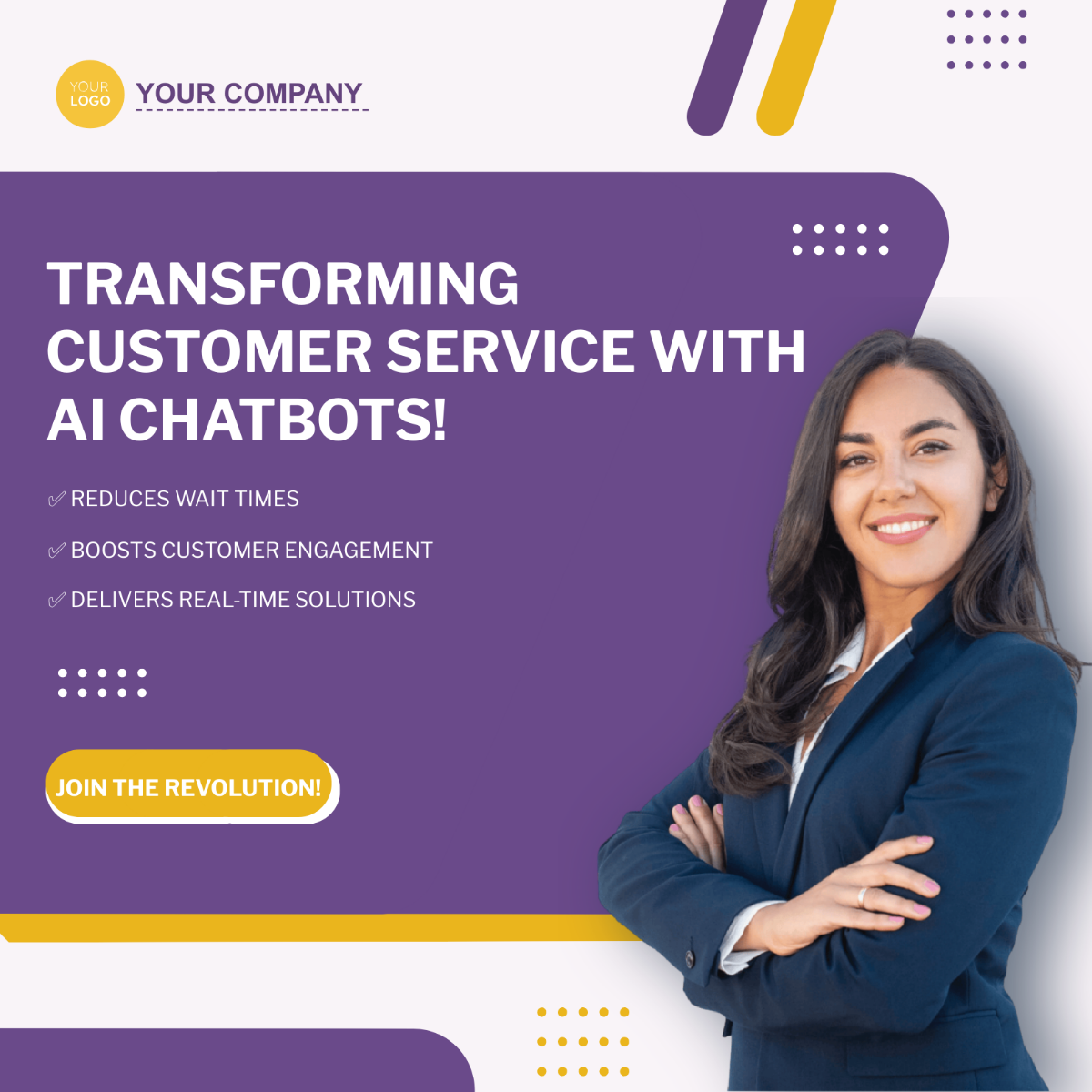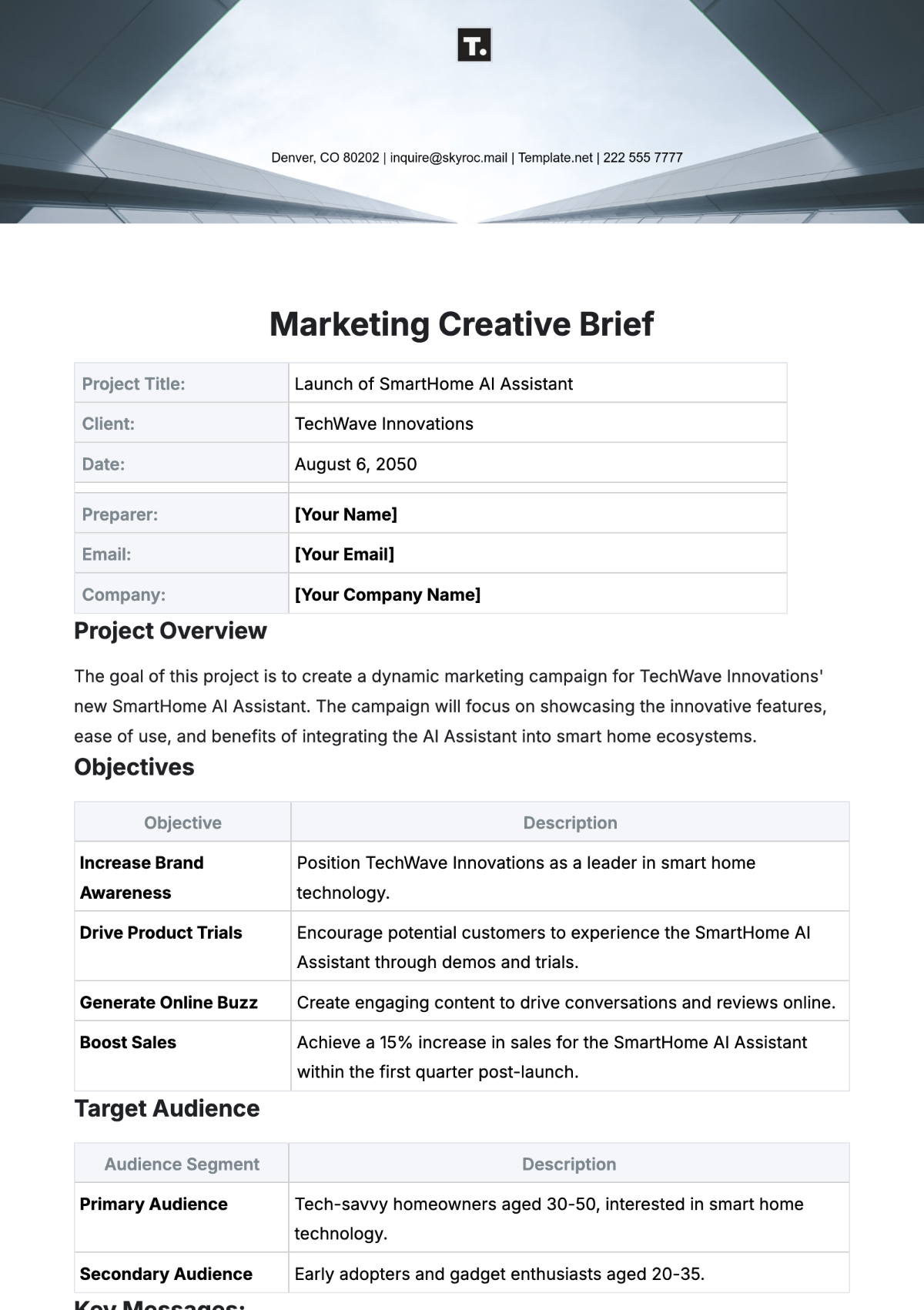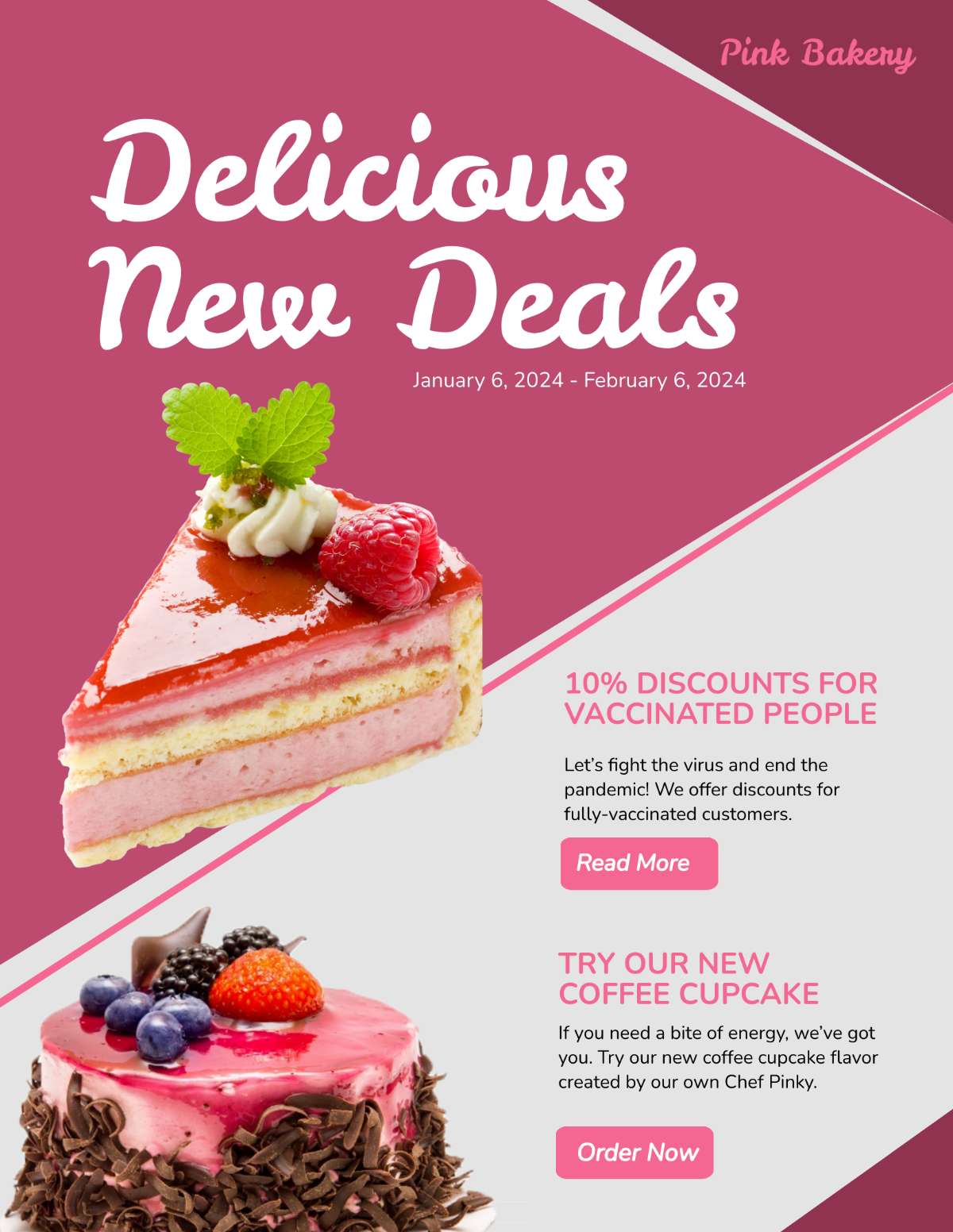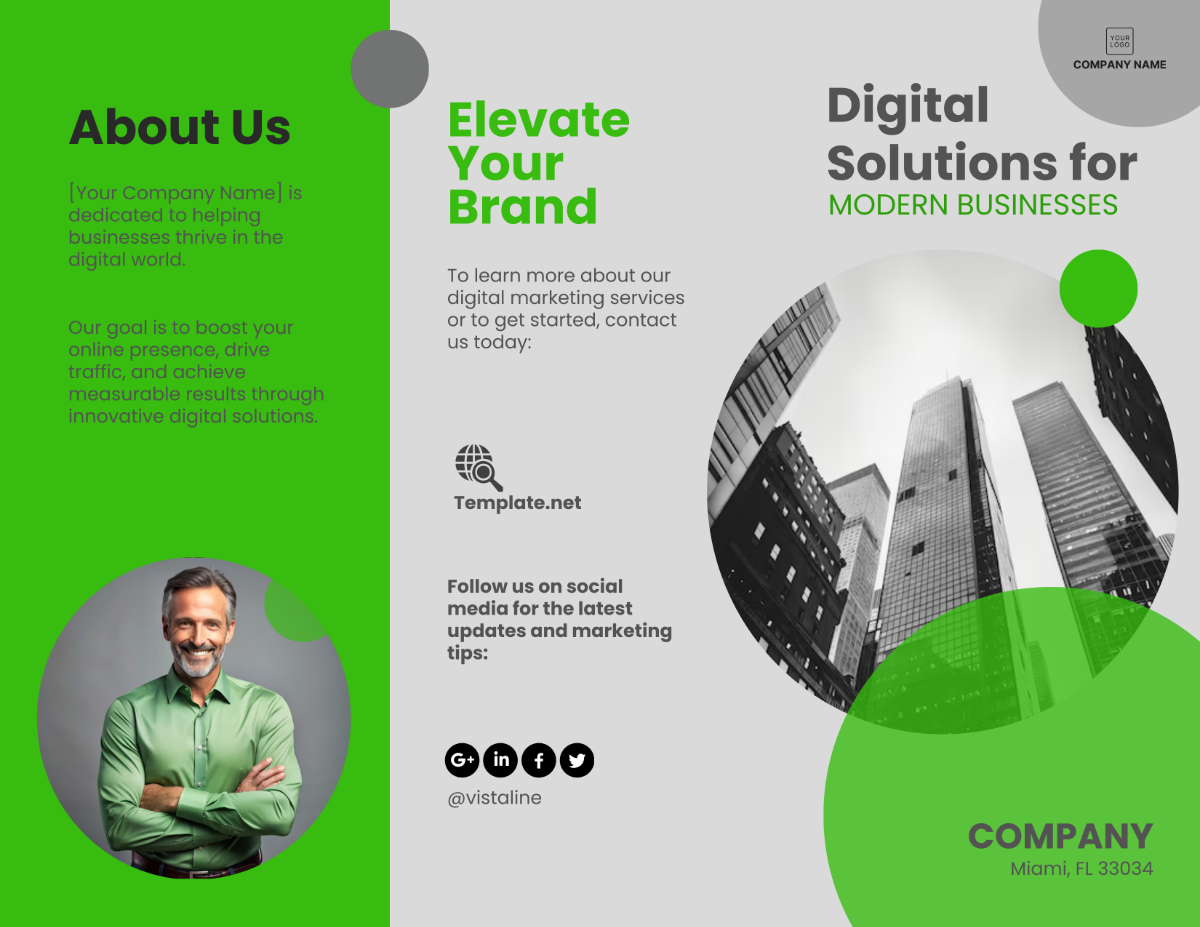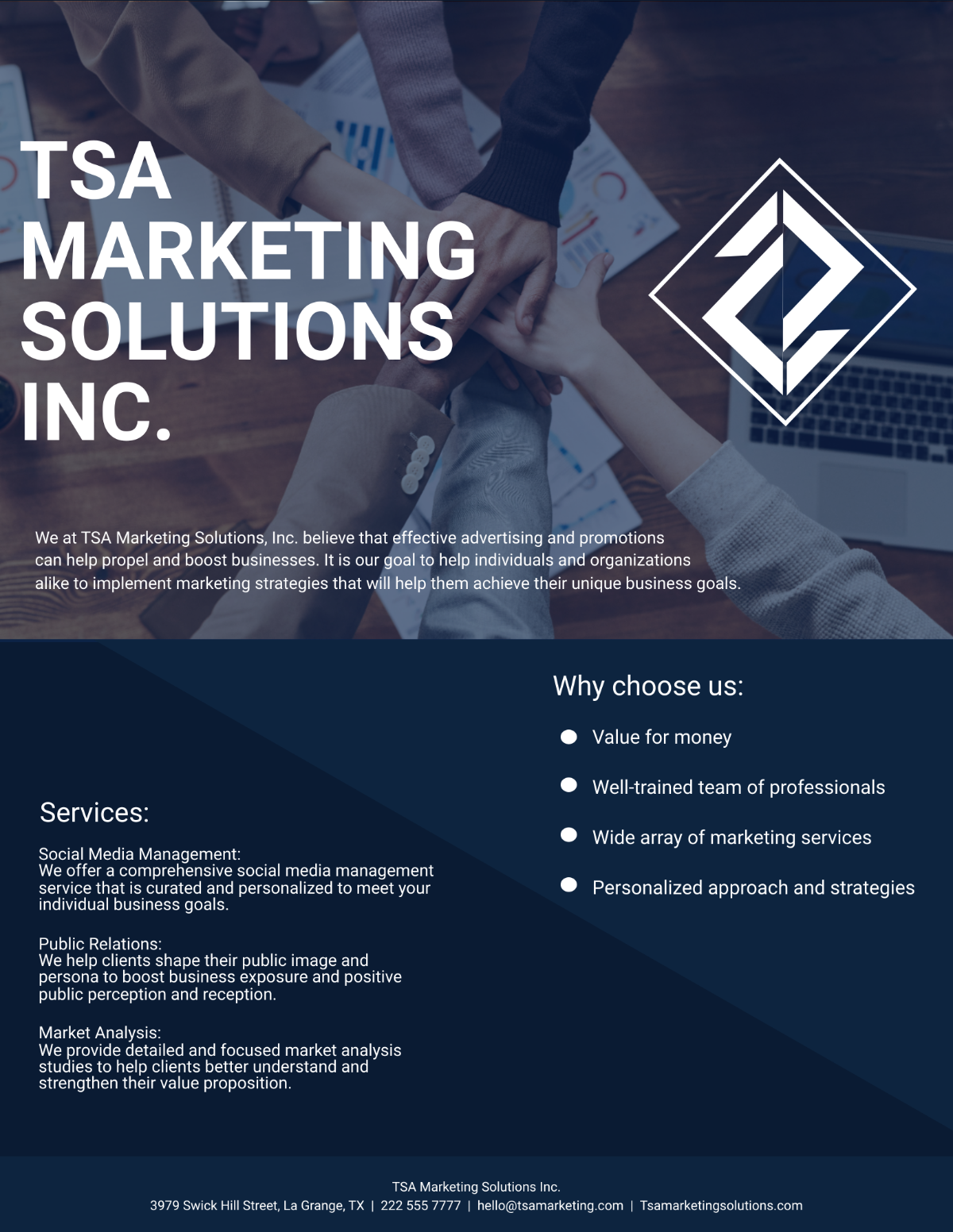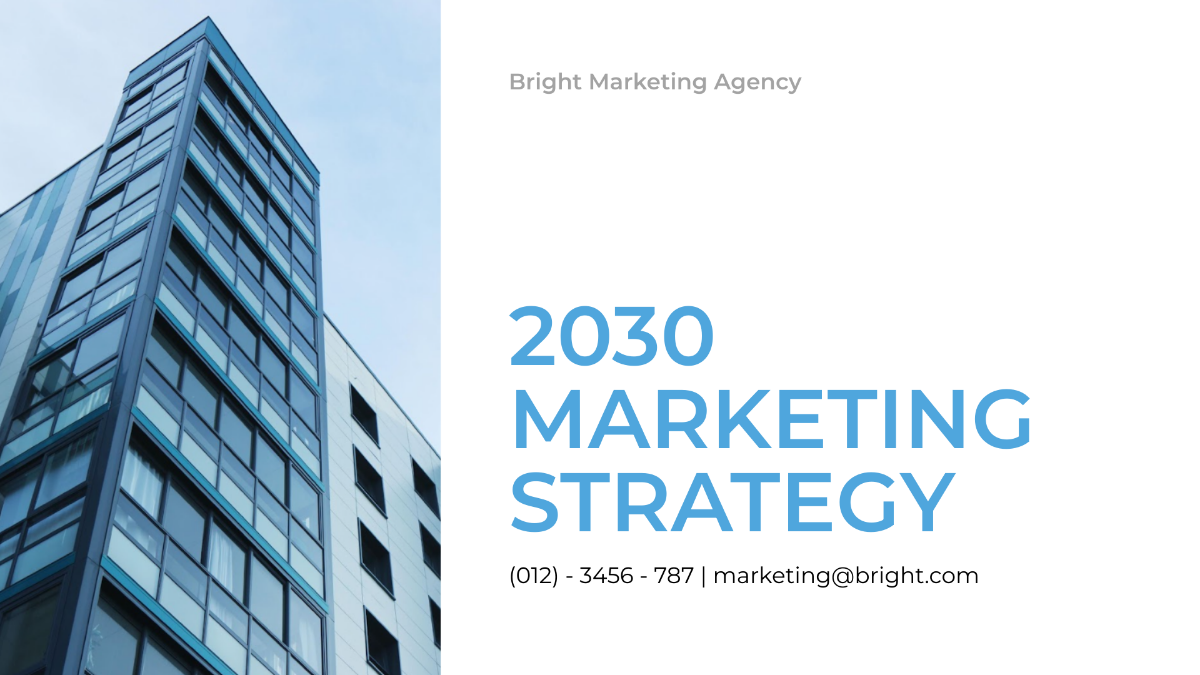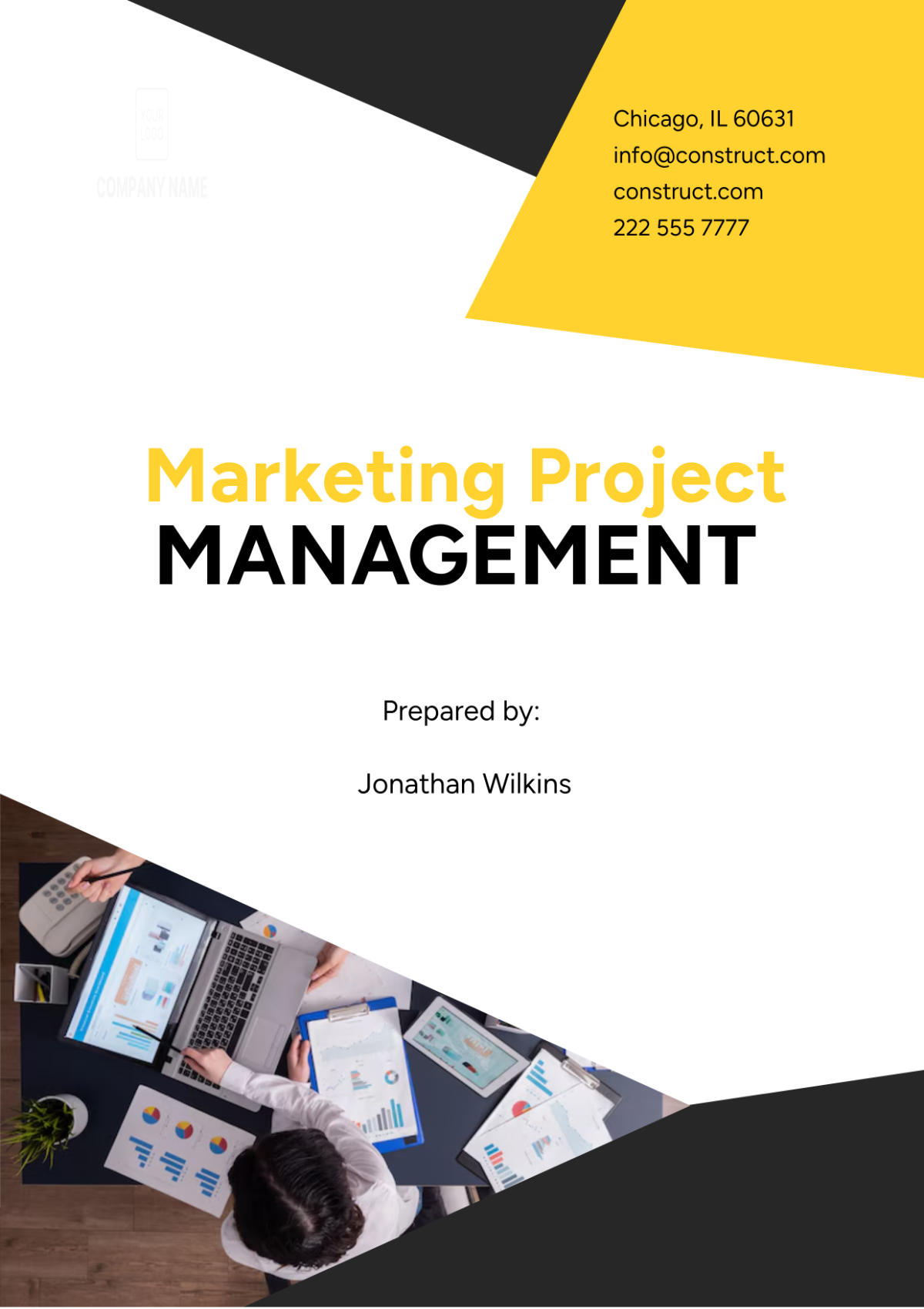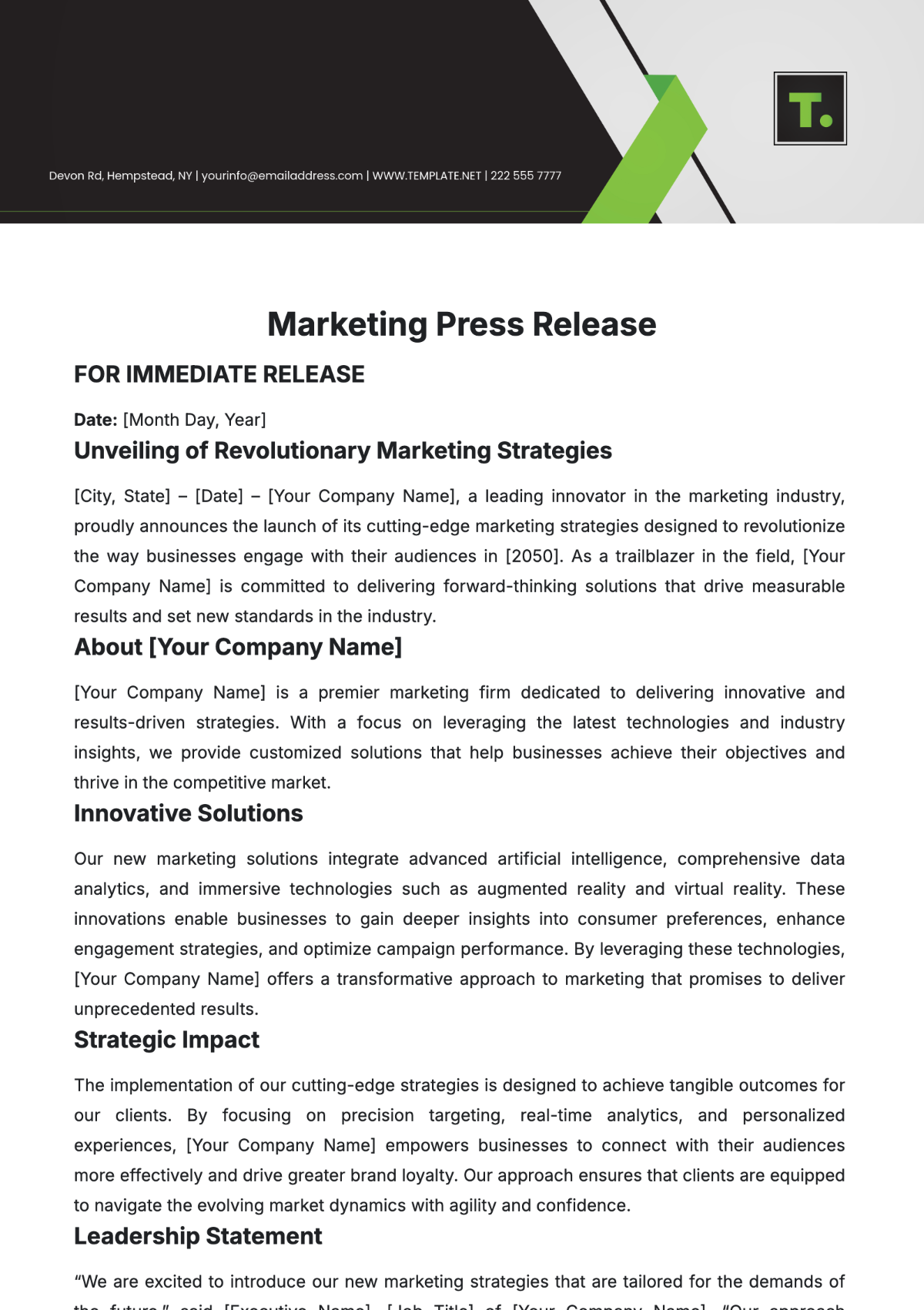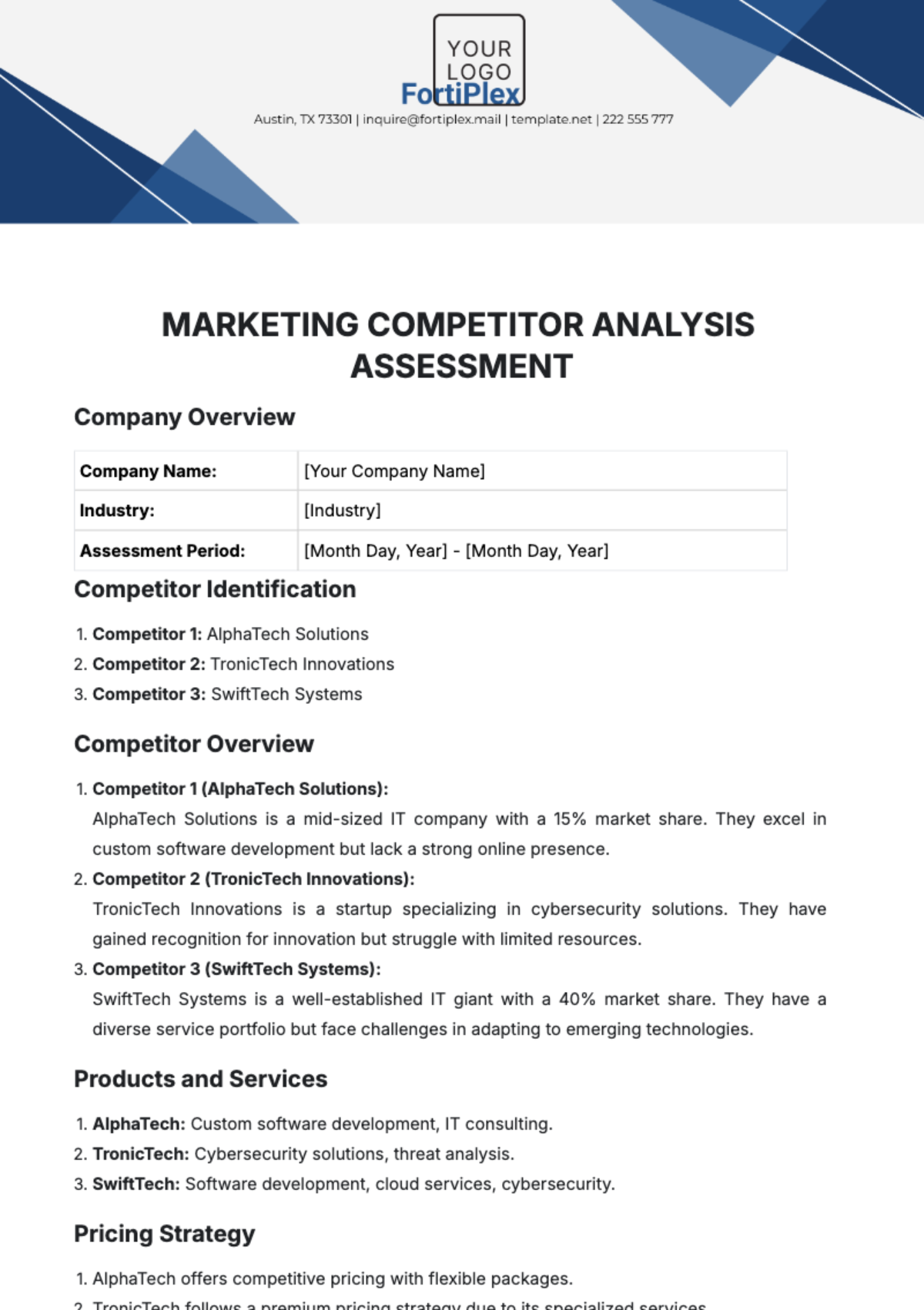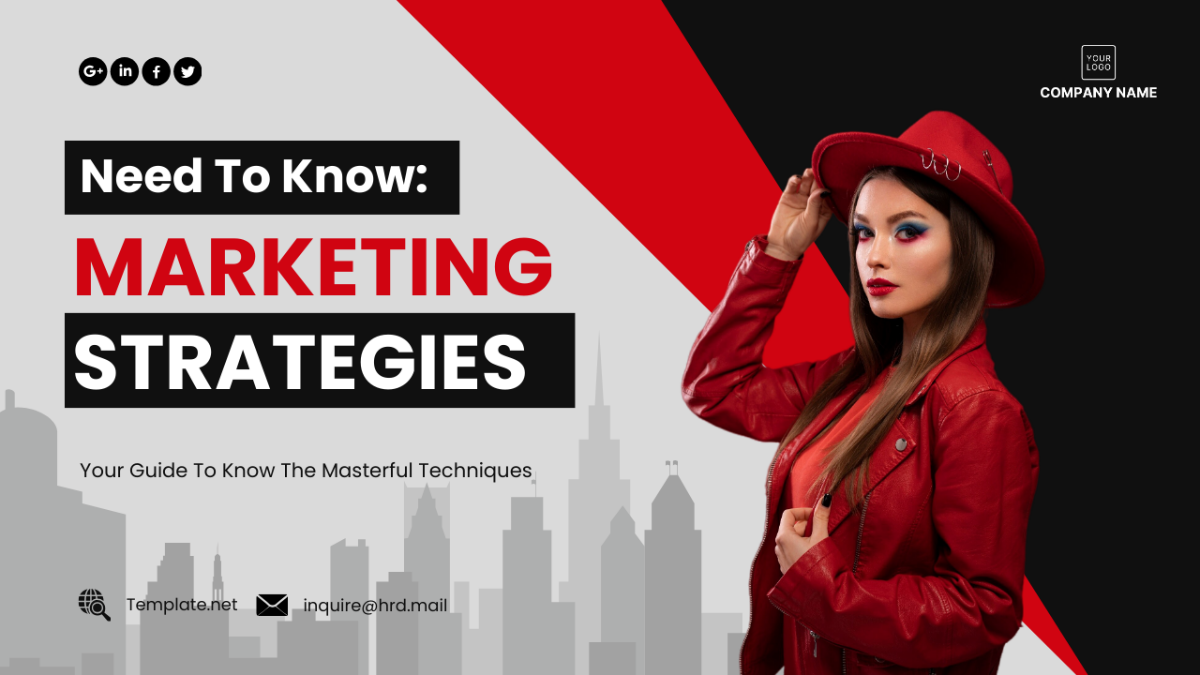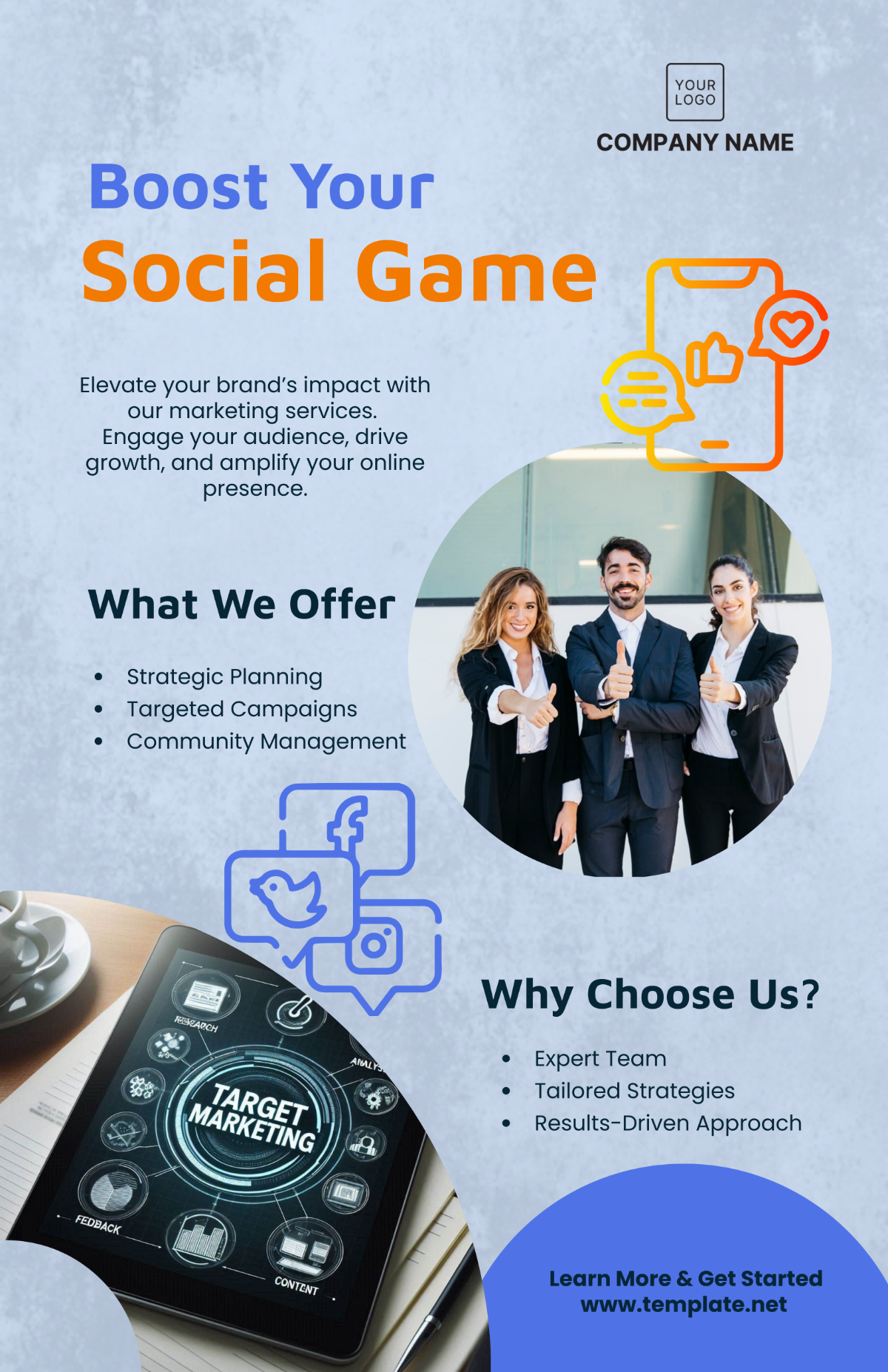Marketing User Guide For Interactive Content
Prepared by: [Your Name] Guide Version: 1.0
I. INTRODUCTION
A. Welcome to the World of Interactive Content
Welcome to the exciting world of interactive content marketing! In an ever-evolving digital landscape, it's crucial for businesses like [Your Company Name] to embrace innovative marketing strategies to engage their target audience effectively. This guide is your passport to understanding and leveraging the immense potential of interactive content.
Interactive content is not just a buzzword; it's a game-changer. It's about transforming passive consumers into active participants. It's about creating memorable, valuable experiences that resonate with your audience. It's about staying ahead in a world where attention spans are shrinking, and competition is fierce.
B. How This Guide Will Benefit You and the Company
As you embark on your journey through this guide, you'll discover the strategies and tactics that will benefit [Your Company Name] immensely. Here's what you can expect:
Insightful Guidance: We'll provide you with expert advice and step-by-step instructions on how to plan, create, and deploy interactive content effectively.
Tailored Solutions: This guide is designed to be versatile, catering to businesses across various industries. Whether you're in e-commerce, healthcare, finance, or any other sector, you'll find relevant insights and strategies.
Actionable Knowledge: The knowledge you gain here will be immediately applicable to your marketing efforts. You'll learn how to harness the power of interactive content to drive engagement, enhance brand awareness, educate customers, and increase conversion rates.
Future-Proofing: The strategies outlined here are future-proof, designed to remain effective for a considerable amount of time. As technology evolves, interactive content will continue to be a cornerstone of successful marketing campaigns.
II. BENEFITS OF INTERACTIVE CONTENT
A. Increasing Audience Engagement
In today's digital world, grabbing and holding your audience's attention is no small feat. Interactive content is your secret weapon. It goes beyond the passive consumption of static content and invites your audience to actively participate.
Interactive content:
Encourages users to click, swipe, and explore, keeping them engaged for longer.
Creates a sense of agency and involvement, making users feel more connected to your brand.
Sparks curiosity and fosters a two-way conversation, which can lead to higher levels of brand loyalty.
The result? Your audience becomes not just consumers but collaborators in your brand's story.
B. Enhancing Brand Awareness
In a sea of competitors, standing out is crucial. Interactive content allows [Your Company Name] to make a memorable impression. It's an opportunity to showcase creativity, innovation, and a commitment to providing value to your audience.
By creating interactive content that aligns with your brand's identity, values, and messaging, you reinforce brand recognition and build a deeper emotional connection with your audience. As they interact with your content, they're more likely to remember and share it with others, further amplifying your brand's reach.
C. Empowering Customer Education
In many industries, educating customers is a vital part of the sales process. Whether you offer complex B2B solutions or consumer products, interactive content can simplify the learning process.
Interactive content:
Breaks down complex concepts into digestible, interactive modules.
Provides hands-on experiences that help users understand your offerings better.
Allows users to explore features and benefits at their own pace.
By educating your customers effectively, you not only increase their confidence in your products or services but also position [Your Company Name] as an authority in your field.
D. Boosting Conversion Rates
Ultimately, every marketing effort aims to drive conversions, whether that means making a sale, generating leads, or encouraging users to take specific actions. Interactive content can be a powerful catalyst for conversion.
Interactive elements within your content can guide users along the customer journey, helping them make informed decisions. For example, interactive product selectors can lead potential buyers to the most suitable product, reducing decision-making friction. Similarly, interactive quizzes can qualify leads and direct them to the most relevant resources or services.
With the data collected from user interactions, you can tailor your marketing strategies, resulting in higher conversion rates and a more effective sales funnel.
III. TYPES OF INTERACTIVE CONTENT
Explore various interactive content formats suitable for [Your Company Name]:
TYPE | DESCRIPTION | USE CASES | BENEFITS |
Quizzes and Surveys | Create engaging quizzes to test knowledge or surveys to gather valuable insights from your audience. | - Knowledge assessment - Customer feedback - Market research - Product recommendations | - Audience engagement - Data collection - Personalized content |
Interactive Infographics | Transform data into visually appealing and interactive graphics to make complex information easy to understand. | - Data visualization - Educational content - Statistical analysis | - Improved data comprehension - Increased shareability - Brand authority |
Calculators and Tools | Provide users with helpful calculators and interactive tools relevant to your industry or products. | - Mortgage calculators - ROI calculators - Health assessment tools - Product configurators | - Enhanced user experience - Lead generation - Decision support |
Interactive Videos | Enhance your videos by adding interactive elements such as clickable hotspots, branching narratives, and calls-to-action. | - Product demos - Tutorials - Virtual tours - Storytelling | - Higher engagement - Increased viewer retention - Click-through conversions |
IV. CREATING INTERACTIVE CONTENT
A. Conduct Content Ideation
During this phase, you and the marketing team brainstorm interactive content ideas. Consider the following:
Audience Insights: Analyze data to understand your audience's interests and pain points. For example, if [Your Company Name] is a fashion retailer, research trends in fashion and clothing preferences.
Business Goals: Align content ideas with the company's marketing and business objectives. For instance, if the goal is to increase sales, consider creating a product recommendation quiz.
Competitive Analysis: Research what interactive content works well in your industry. Identify successful interactive campaigns by competitors and analyze their strategies for inspiration.
B. Content Conceptualization
Once you have a list of content ideas, refine and prioritize them. Choose the concept that best serves your audience and aligns with your goals. Create a detailed content plan, including:
Content Format: Decide on the specific type of interactive content you'll create (e.g., quiz, calculator, infographic). For instance, if [Your Company Name] is a financial services provider, consider developing an interactive retirement savings calculator.
Content Structure: Outline the content's structure and key interactive elements. Define how users will navigate through the content and engage with different features.
User Journey: Map out the user experience to ensure a seamless flow. Determine the path users will follow within the interactive content, including the questions they'll answer or the actions they'll take.
C. Content Creation
This phase involves actual content development:
Design and Development: Design the interactive content with user-friendly interfaces and engaging visuals. If creating a quiz, design an appealing layout with interactive buttons.
Copywriting: Craft compelling and informative text that accompanies the interactive elements. Write clear and concise questions or explanations. For an interactive infographic, provide concise yet informative text for each section.
Functionality: Implement the necessary coding and functionality to make the content interactive. If developing an interactive video, integrate clickable hotspots that link to related content or product pages.
Testing: Thoroughly test the content to ensure it works flawlessly across different devices and browsers. Verify that all interactions, calculations, or animations function correctly.
D. Quality Assurance
Before launching, perform rigorous quality assurance checks:
Functionality Testing: Verify that all interactive elements work as intended. Test all buttons, forms, and interactive features.
Content Review: Proofread and fact-check all written content. Ensure there are no spelling or grammatical errors.
User Testing: Enlist a sample group to test the content and provide feedback. Collect feedback on usability and user satisfaction to identify any improvements.
E. Content Optimization
Based on user feedback and testing results, make any necessary improvements or adjustments to enhance the user experience and achieve your marketing goals. For example, if users find a particular question in a quiz confusing, reword it for clarity.
F. Content Launch
Once you're confident in the quality and functionality of your interactive content, it's time to launch it to your target audience through your chosen distribution channels. Promote the content on your website, social media, email newsletters, and any other relevant platforms to maximize its reach and impact.
V. DISTRIBUTING INTERACTIVE CONTENT
A. Launch on [Your Company Name] Website
When launching interactive content on your website, consider the following:
Homepage Promotion: Feature the interactive content prominently on your homepage or landing page, ensuring it captures the attention of visitors as soon as they arrive.
Dedicated Landing Page: Create a dedicated landing page for the interactive content, providing a clear call-to-action (CTA) and an enticing description of what users can expect.
Mobile Optimization: Ensure the content is fully optimized for mobile devices to accommodate users accessing your site from smartphones and tablets.
B. Share on Social Media
Leverage your social media platforms to increase the reach of your interactive content:
Engaging Posts: Craft engaging posts that showcase the interactive content's benefits and provide a direct link to access it.
Visual Assets: Create eye-catching visuals, such as custom graphics or teaser videos, to accompany your social media posts and generate excitement.
Hashtags: Use relevant hashtags to increase discoverability and join trending conversations within your industry.
Scheduled Posts: Schedule posts at optimal times to reach your target audience when they are most active on social media.
C. Email Marketing
Incorporate the interactive content into your email marketing strategy:
Segmentation: Segment your email list based on user preferences, interests, or behavior to send personalized messages promoting the interactive content.
Compelling Subject Lines: Craft compelling subject lines that pique curiosity and encourage recipients to open the email.
Interactive Previews: Include interactive content previews within the email, giving recipients a taste of what they can experience.
Clear CTAs: Ensure that the email contains clear and enticing calls-to-action (CTAs) that lead recipients directly to the interactive content.
VI. MEASURING AND ANALYZING INTERACTIVE CONTENT
A. Set Up Analytics
Set up comprehensive analytics to track user interactions and engagement with your content:
Google Analytics: Integrate Google Analytics or a similar tracking tool to monitor metrics like page views, session duration, bounce rate, and user demographics.
Event Tracking: Implement event tracking to capture specific user interactions within your interactive content, such as quiz completions or form submissions.
Heatmaps: Utilize heatmaps to visualize how users navigate and engage with the interactive elements, helping identify areas for improvement.
Conversion Tracking: If applicable, set up conversion tracking to monitor how the interactive content influences your key performance indicators (KPIs), such as lead generation or product sales.
Analyze Data
Regularly analyze the data collected to gain insights and make informed decisions:
Audience Insights: Examine user demographics, behavior, and preferences to refine your content strategy and tailor future interactive content to your audience.
Content Performance: Evaluate which interactive elements are most effective, and identify any content segments that may need improvement or updating.
Conversion Funnel: Review the conversion funnel to understand how users progress from initial engagement to desired actions, such as sign-ups or purchases.
A/B Testing: If applicable, conduct A/B tests to compare different versions of your interactive content and optimize for better results.
Iterate and Improve: Use data-driven insights to make iterative improvements to your interactive content strategy, focusing on enhancing user engagement and achieving your marketing goals.
VII. SAMPLE CASE STUDY
A. Case Study: E-Commerce Success
Company: Stanley E-Commerce Company
Industry: Retail
Background: E-Commerce Company X wanted to boost its conversion rates and engage visitors to its website effectively.
Interactive Content Solution: They created a "Style Quiz" that helped customers discover their fashion preferences. Users were guided through a series of questions, and based on their responses, the quiz recommended clothing items from the company's catalog.
Results:
Increased user engagement by 40%.
Conversion rates improved by 25% as customers were more likely to purchase the recommended items.
Valuable data gathered from the quiz responses helped refine product offerings.
VIII. CONCLUSION
Interactive content is a versatile and powerful tool that you at [Your Company Name] can use to engage your audience effectively and achieve your marketing goals. By adopting interactive content strategies, you can differentiate the company from competitors and provide value to your customers in a unique way.
As you embark on your interactive content marketing journey, remember these key takeaways:
Engagement is Key: Interactive content captivates your audience and keeps them interested, increasing the likelihood of conversions.
Measure and Optimize: Continuously monitor and analyze the performance of your interactive content to make data-driven improvements.
Customization Matters: Tailor your interactive content to your target audience's preferences and needs for maximum impact.
Learn from Success Stories: Draw inspiration from successful case studies across various industries, adapting strategies to suit [Your Company Name]'s unique goals and challenges.
With dedication, creativity, and a commitment to delivering value, you can harness the potential of interactive content marketing to propel [Your Company Name] to new heights in the ever-evolving digital landscape.


